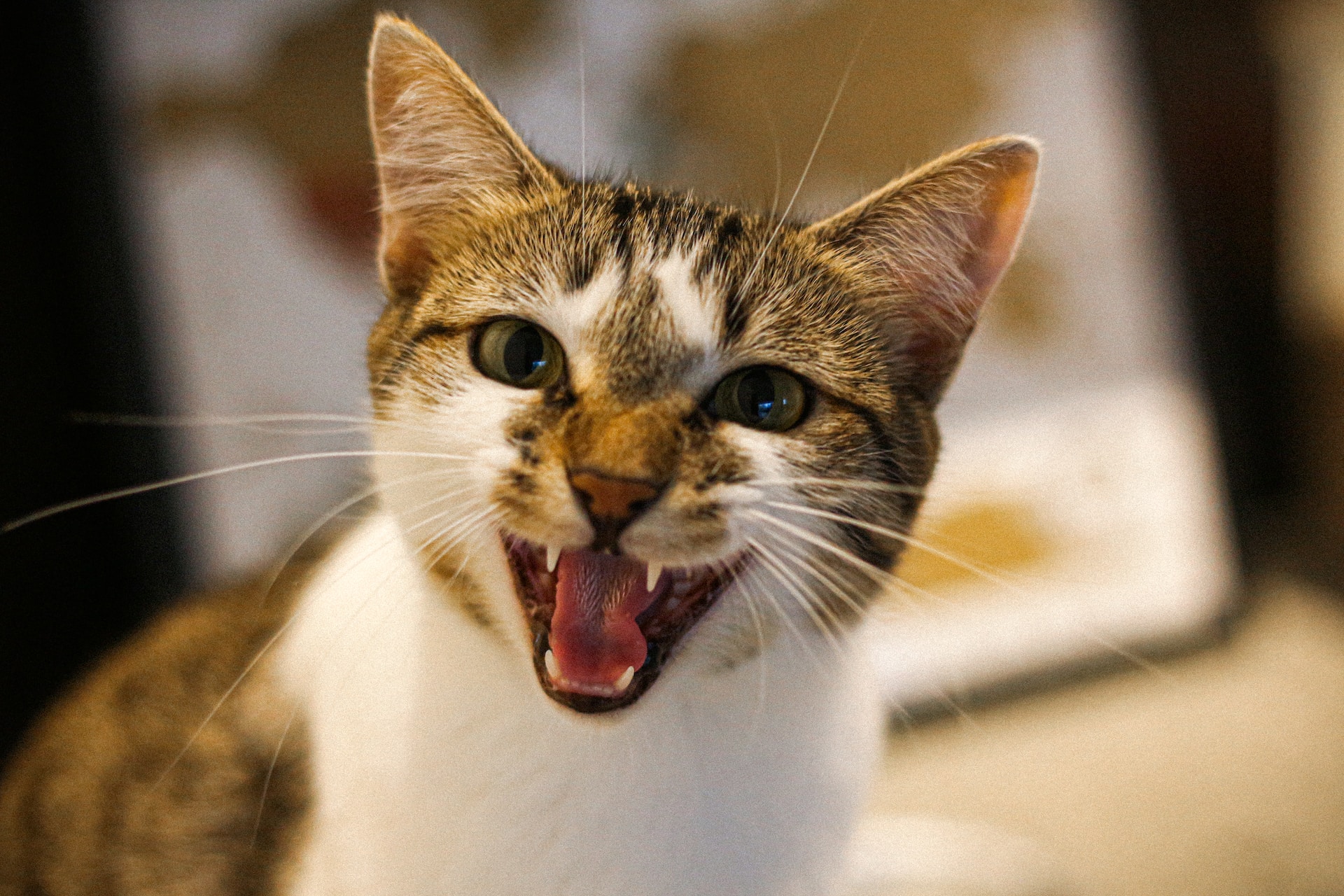Through The Years, Dental Problems Cat Encounters
To maintain your health, it is important to take good care of your teeth. Pets are no different. It’s important to take good care of their teeth. Poor dental hygiene can lead to health problems in your pet. Your pet cat’s mouth and teeth are vital to its survival. You must make sure they have regular dental hygiene.
To provide consistent dental care, you must be aware of any potential dental issues that your cat may have over the years. Petsumer.com says that no one understands pets better than pet owners. Therefore, you need to be aware of the various dental problems your cat might experience as they get older. Let’s look at some.
Bad Breath, Halitosis
Bad breath in cats can be caused by odour-causing bacteria, just like humans. A bad odour from your cat’s breath should be reported to a licensed veterinarian immediately. The cat’s diet can cause bad breath in cats. This could include liver-based foods and fish that build up over time. Small foreign objects may also cause bad breath in cats’ mouths. Bad breath in cats may signify something more serious, even if their diet is not the problem. You should consult your veterinarian if you suspect your pet has a metabolic disease or a dental problem.
Your cat’s dental and oral health can be saved by visiting the right vet as soon as possible. An appointment at the dentist can help identify your cat’s health issues and provide dental services, such as tooth cleaning. You can also get advice from the vet about your cat’s nutrition and diet.
Periodontal Disease
Periodontal disease and gum disease are not uncommon in cats. These conditions are common in feline pets due to bacteria and dirt buildup. When plaque builds up in a cat’s teeth and becomes mineralized into tartar on their teeth, it can cause damage to their supporting structures or gums. Gingivitis, or gum irritation, is a condition that eventually leads to inflammation. You can check your cat’s gums and see if they are unusually red. This could indicate gingivitis. It is also a sign of early periodontal disease.
If the condition is not noticed and gets worse, tartar buildup can cause spaces under the teeth of the cat, which will spread bacteria to the gums. It’s too late to stop this from happening, and your cat will soon be diagnosed with irreversible periodontal diseases. This will eventually lead to tissue loss, bone loss, and cavities between the teeth and gums.
Periodontal disease can be characterized by:
- Nasal discharge
- Appetite loss
- Pawing at the mouth
- Sometimes with blood, sometimes with drooling
- Messy eating is a sign of difficulty in chewing
- Reddening of the gum line and bleeding
- Bad breath, halitosis
- Appetite loss
Feline Chronic Gingivostomatitis (FCGS)
Also known as lymphocytic-plasmacytic gingivostomatitis complicated (LGPC), FCGS can be diagnosed in cats through several symptoms that look almost exactly like periodontal disease. It cannot be easy to diagnose without a proper diagnosis from a vet. Chronic gingivostomatitis in felines is caused by a failure to respond to antigens of both bacterial and viral origins. FCGS is a combination of gingivitis and stomatitis, thus the term gingivostomatitis.
Gingivitis refers to the inflammation of the gum tissues around the teeth. Stomatitis is another condition that affects other soft tissues such as the tongue, surrounding area, back of the mouth, inside of the lips, and inside. FCGS, the combination of these two conditions, causes severe inflammation of the oral tissues around the teeth and mouth. This can cause severe pain for your cat and eventually lead to your pet’s death.
Tooth Resorption
Feline tooth loss affects 25% to 75% of cats. This is a widespread condition that most cat owners don’t recognize. Even if your cat has full-grown teeth, tooth loss can occur when the structures that support them break down or dissolve. The first signs of tooth resorption are usually the deterioration of enamel around the gum line and the middle of the tooth. The tooth will gradually disappear, leaving behind raised bumps on the gums.
Cavities in cats are uncommon. If your cat has a toothache or a dentition, this could indicate that they have tooth resorption. This condition can also cause eating problems, bleeding, and behavioural changes. These symptoms can be seen in pets. Make sure you get confirmation from your veterinarian.
Tooth Fractures
Most people are aware of the pain that fractured teeth can cause. Exposed and crooked teeth can make you extremely sensitive to pain and sensitivity. This is especially true if you are exposed to extreme pressure or temperatures. Cats feel the same way about tooth fractures.
Cat tooth fractures can result from several factors, including chewing on hard objects or fighting. Cats often break their canine teeth or fang, the most visible tooth in their mouth. The dentin can be exposed if a tooth has been broken or fractured. This can cause increased sensitivity. Worse, the pulp can be easily hidden between the narrow spaces in the root canal. Your cat’s immune system won’t be able to detect or combat the infection. This can cause severe pain when your cat chews anything. A second serious condition is when your cat gets infections in other areas of the body.


